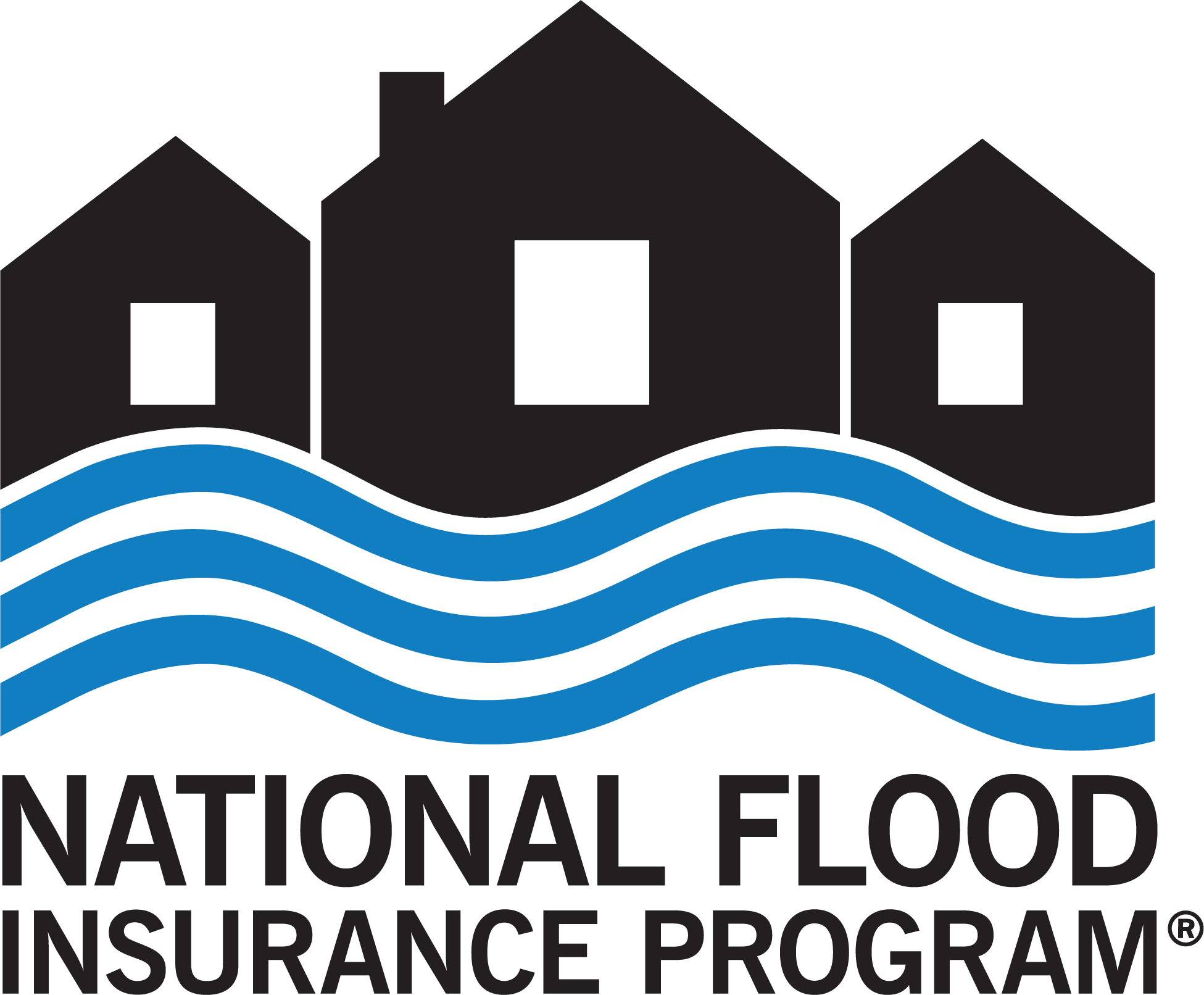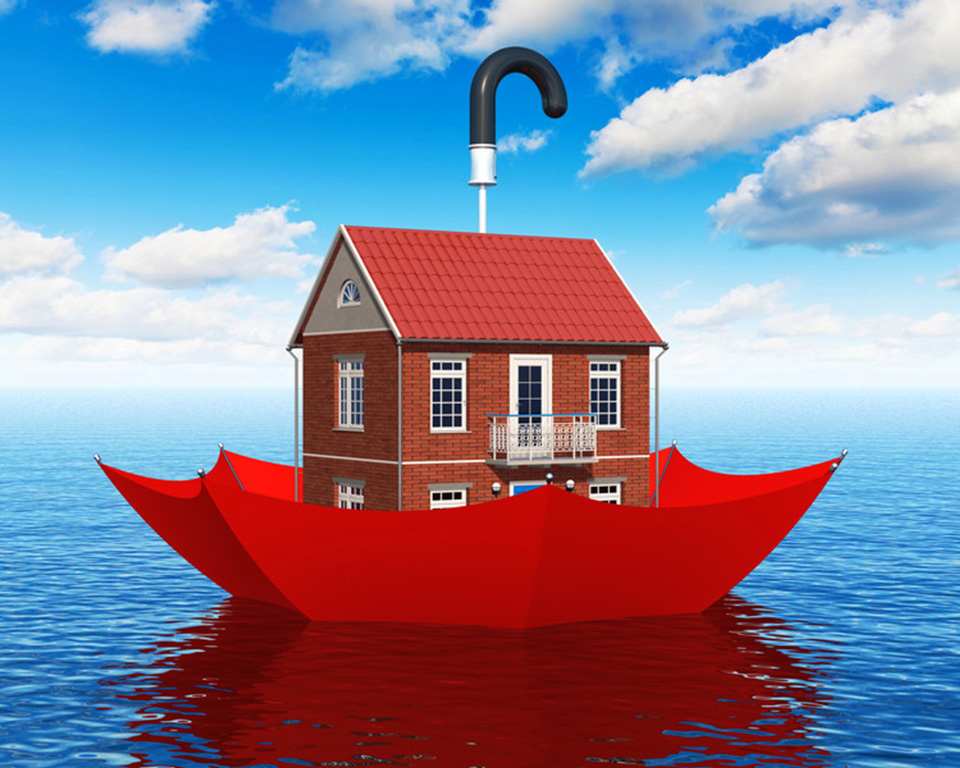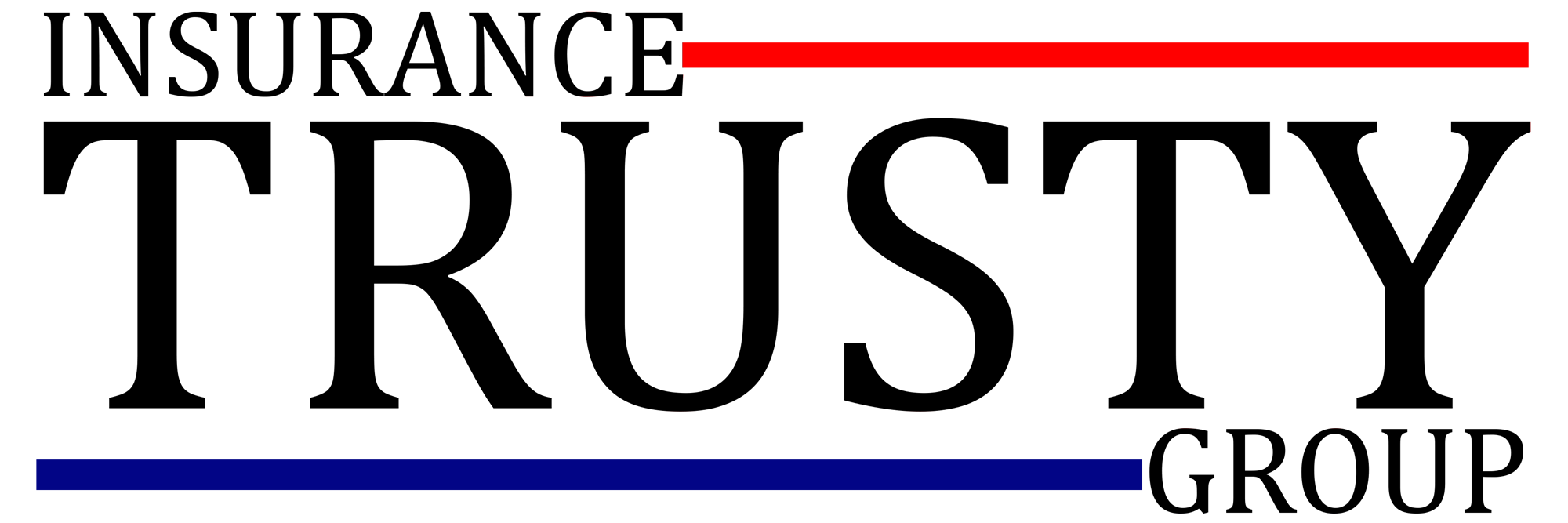Flood Insurance
Since 1996, flooding has affected 99% of U.S. counties, bringing significant damage and financial costs to homeowners and businesses.

Why Flood Insurance?
Trusty Insurance uses flood insurance from the National Flood Insurance Program (NFIP) as well as private flood backed by private companies. This gives our clients options when it comes to coverages and premiums. However, not all lenders will recognize private flood insurance. So we highly encourage you confirm with your mortgage or bank before committing to a flood program.
Flood insurance helps pay for damage to the structure and/or contents of your home. Money that is otherwise coming out of your pocket. Because, guess what? Most homeowners insurance policies don’t cover flooding.
What Does My Policy Cover?
Building Coverage Protects Your:
- Electrical and plumbing systems
- Furnaces and water heaters
- Refrigerators, cooking stoves, and built-in appliances like dishwashers
- Permanently installed carpeting
- Permanently installed cabinets, paneling, and bookcases
- Window blinds
- Foundation walls, anchorage systems, and staircases
- Detached garages
- Fuel tanks, well water tanks and pumps, and solar energy equipment
Contents Coverage Protects Your:
- Personal belongings such as clothing, furniture, and electronic equipment
- Curtains
- Washer and dryer
- Portable and window air conditioners
- Microwave oven
- Carpets not included in building coverage (e.g., carpet installed over wood floors)
- Valuable items such as original artwork and furs (up to $2,500)
What Isn’t Covered By Flood Insurance?
Flood insurance covers losses directly caused by flooding. In simple terms, a flood is an excess of water on land that is normally dry, affecting two or more acres of land or two or more properties.
For example, damage caused by a sewer backup is covered if the backup is a direct result of flooding. If the sewer backup is not caused directly by flooding, the damage is not covered.

Items Not Covered By Building or Contents Coverage:
- Temporary housing and additional living expenses incurred while the building is being repaired or is unable to be occupied
- Property outside of an insured building. For example, landscaping, wells, septic systems, decks and patios, fences, seawalls, hot tubs, and swimming pools
- Financial losses caused by business interruption
- Currency, precious metals, stock certificates and other valuable papers
- Cars and most self-propelled vehicles, including their parts
- Personal property kept in basements
